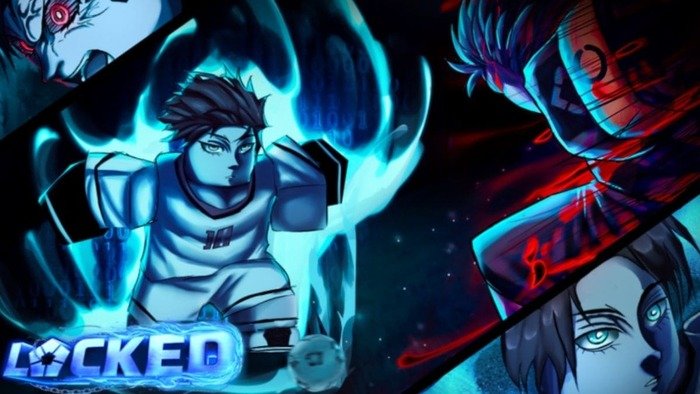Introduction to Drageanimations
Drageanimations are an amalgamation of various animation styles, integrating 2D, 3D, stop-motion, and other innovative techniques. These animations often focus on bringing abstract or fantastical elements to life, making them distinct from traditional animation genres. The name “drageanimations” is believed to have been coined to reflect a dynamic and imaginative approach to visual storytelling, incorporating elements that “drag” the audience into a surreal world of animated fantasy.
Historically, animation has evolved significantly from its origins in hand-drawn techniques to the sophisticated digital processes we see today. Early pioneers like Winsor McCay and Walt Disney set the groundwork for what would become a thriving industry. As technology advanced, so did the tools and techniques available to animators, leading to the development of hybrid styles like drageanimations, which blend multiple animation approaches.
Key Concepts in Drageanimations
To fully understand drageanimations, one must first grasp the foundational concepts of animation itself. There are various types of animation, each bringing a unique flavor to the art form:
- 2D Animation: Utilizes flat drawings to create movement.
- 3D Animation: Employs digital models to simulate realistic motion.
- Stop Motion: Involves photographing real-world objects frame-by-frame.
- Experimental Animation: Breaks away from traditional norms, often embracing abstract visuals and unconventional storytelling.
In drageanimations, these styles are often used interchangeably to create a unique visual experience. The essential elements include meticulously designed characters, immersive backgrounds, and fluid motion, all working together to tell a compelling story.
Techniques Used in Drageanimations
Drageanimations employ several advanced techniques to achieve their distinct style:
- Frame-by-Frame Animation: Each frame is individually drawn or rendered, resulting in smooth transitions and detailed motion.
- Keyframe Animation and Tweening: Keyframes define the start and end points of a movement, while tweening fills in the gaps, creating a seamless flow.
- Rotoscoping: Tracing over live-action footage to create realistic animations, often used to add lifelike characteristics to animated characters.
Tools and Software for Drageanimations
Creating drageanimations requires specialized software tools. Some of the most popular include:
- Adobe Animate: Ideal for 2D animations and interactive content.
- Blender: A powerful tool for 3D modeling and animation.
- Toon Boom Harmony: Preferred for traditional hand-drawn animation.
Each tool has its own strengths and weaknesses, and the choice largely depends on the specific needs of the project.
How to Create a Drageanimation
Creating a drageanimation is a complex process that involves several stages:
- Concept Development: Define the theme, characters, and overall style.
- Scriptwriting and Storyboarding: Lay out the narrative structure and key scenes.
- Design and Modeling: Create character models, backgrounds, and assets.
- Animation: Use techniques like keyframing and rotoscoping to animate the scenes.
- Post-Production: Add sound, special effects, and final edits.
Common challenges include maintaining consistency in motion and ensuring that different animation styles blend harmoniously.
Artistic Styles in Drageanimations
Drageanimations are known for their eclectic artistic styles. These can range from the highly stylized look of anime to the more realistic aesthetics of Western animation. Choosing the right style is crucial, as it directly impacts the storytelling and emotional tone of the animation.
Storytelling in Drageanimations
Storytelling is at the heart of drageanimations. A well-crafted story can elevate even the most visually stunning animation. Techniques like storyboarding help organize the narrative, while visual storytelling—using imagery and motion—enhances the viewer’s emotional engagement.
Drageanimations in Modern Media
Today, drageanimations are used across various media platforms, from feature films to web series and even in marketing campaigns. Their unique visual appeal makes them ideal for captivating audiences in both entertainment and advertising.
Drageanimations and Special Effects
Combining drageanimations with special effects, such as CGI, can produce spectacular results. However, it requires careful planning to ensure that the animation doesn’t feel disjointed from the live-action elements.
The Role of Sound in Drageanimations
Sound plays a vital role in drageanimations, enhancing the visual experience. Proper synchronization of sound effects, voiceovers, and music can transform a simple animation into a captivating narrative.
Educational Uses of Drageanimations
Drageanimations have found a niche in educational content, where interactive animations are used to explain complex concepts in an engaging manner. Their versatility makes them ideal for e-learning modules and educational videos.
Future Trends in Drageanimations
Emerging technologies like Virtual Reality (VR), Augmented Reality (AR), and Artificial Intelligence (AI) are poised to revolutionize drageanimations. These technologies offer new ways to create and experience animated content, pushing the boundaries of what’s possible.
How to Market Your Drageanimations
Promoting drageanimations requires a strategic approach. Utilizing platforms like YouTube, Vimeo, and social media can help creators reach a broader audience. Engaging with communities on forums and animation networks also boosts visibility.
Monetizing Drageanimations
There are various ways to monetize drageanimations, including:
- Freelancing: Offering animation services to clients.
- Selling Animation Assets: Licensing characters or scenes.
- Crowdfunding: Using platforms like Kickstarter to fund projects.






Leave a Reply